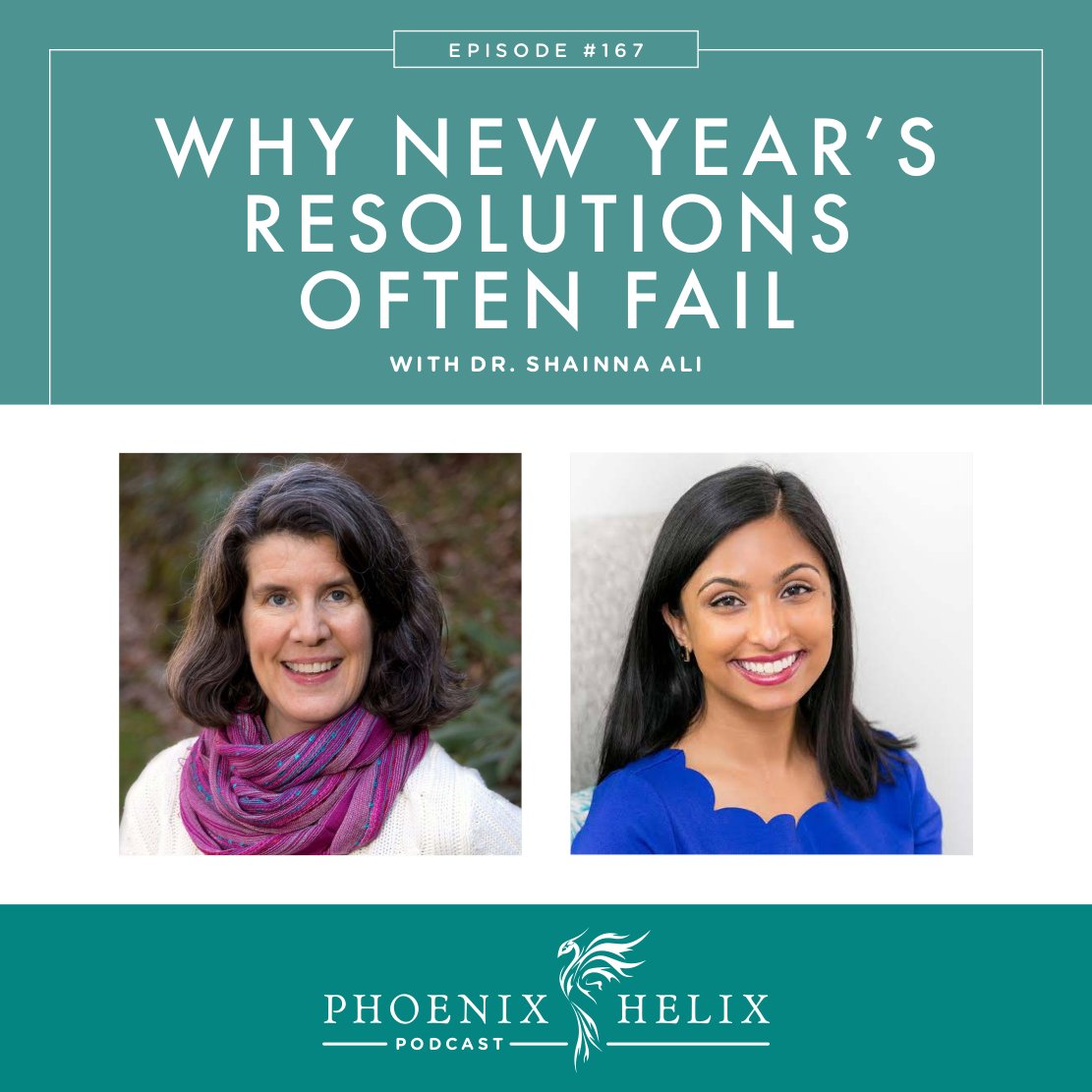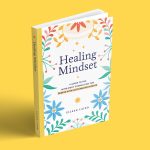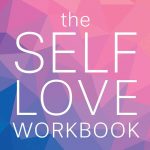
How to Succeed at Positive Change
With autoimmune disease, habits have a big impact on our health, yet 80% of New Year’s resolutions fail. Why is this so? Should we give up? Or are there things we can do to make us more likely to succeed, whether we make a resolution on January 1st or any other day of the year? That’s the topic of our podcast today. My guest is Dr. Shainna Ali, a mental health counselor, educator, and advocate. She’s an expert at helping people make positive changes in their lives, and be compassionate with themselves while they do it.
Listen to the Show
- Subscribe to my podcast through your favorite podcast app: iTunes, Stitcher, Google, TuneIn, Spotify, Amazon, etc.
- You can also listen to the episode right here through the player below, and if you subscribe to my newsletter you’ll get notified of future episodes.
Podcast: Play in new window | Download
Show Notes
- Intro (0:00)
- Thank You to Our Podcast Sponsor – ShopAIP (1:58)
- Today, I’m highlighting their meat bars. It’s so helpful to have healthy, satiating snacks that are light and portable to carry with you, and also shelf-stable to keep in your pantry. ShopAIP has a selection of AIP-friendly meat bars that fill that need perfectly. Chomps has two AIP-friendly flavors: sea salt & italian style. Wild Zora has two AIP-friendly flavors: mediterranean lamb and apple pork. Epic has numerous AIP flavors including bison-bacon-cranberry, beef-apple-bacon, and smoked-maple-salmon. And you can find all of these at ShopAIP.
- ShopAIP is an online store dedicated to the Paleo Autoimmune Protocol. With hundreds of items for the elimination phase of the AIP, and new products labeled by reintroduction category as well. You can find protein bars, sauces and condiments, AIP-friendly spices, cooking and baking ingredients, delicious snacks, non-toxic skincare, and more.
- If you’re a first-time customer, use the code PHOENIX for 10% off your order. Purchase here.
- Meet Dr. Shainna Ali (3:36)
- Dr. Shainna is a mental health counselor, educator and advocate. She’s the author of three books on self-love.
- She lived with generalized anxiety disorder as a child without realizing it. In college, she received professional mental health counseling that was transformative. That inspired her career.
- Her treatment philosophy focuses on strength-based mental wellness infused with self-love.
- She personally loves goals and resolutions, but like everyone, she’s encountered obstacles to their success. Over time, she’s learned how to make resolutions more meaningful and effective.
- Update: I interviewed Dr. Shainna again in Episode 202 where we talked in detail about her Self-Love Workbook.
- Why Bad Habits Seem Easy to Keep & Good Habits Seem Easy to Break (7:35)
- It’s not about good & bad. It’s about old & new. Our brains are wired for habit, and changing habits takes time and effort.
- We keep many good habits that we don’t give ourselves credit for, because they’ve simply become part of our lives and require minimal effort to maintain.
- Dr. Shainna recommends dropping the good/bad label and replacing it with old/new instead. It acknowledges the change we want to make, without self-judgment.
- It’s also helpful to remember how long a habit or mindset has existed. Sometimes it’s been part of our lives for decades, yet we think we should be able to change it quickly. Give yourself some grace. It’s not a character flaw that habit change is difficult.
- There have been some studies that try to predict the timing of habit change, which is why 30 or 60-day challenges are so popular. But habit change is very personalized.
- The Limits of Willpower (13:15)
- Willpower can be an integral part of a commitment to change – something people can lean on – but it doesn’t usually work on its own.
- Successful resolutions draw on many tools and supports for habit change.
- All-or-Nothing Thinking (16:20)
- This is when we see a resolution as success or failure with nothing in between. This type of mindset is detrimental and irrational (not reality-based).
- It’s embedded in self-criticism instead of self-compassion. All-or-nothing thinking is also connected to self-sabotage.
- All-or-nothing thinking doesn’t allow credit for all the progress we have made along the way toward a goal. And it doesn’t allow for re-evaluation if we make a choice that’s not in line with that goal. With all-or-nothing thinking, it’s simply failure. In reality, it’s one choice on one day. If we approach that with self-compassion instead, we can consider what happened on that day that made it difficult to maintain our resolution. Do we need more support going forward, better planning, more awareness of potentially challenging situations? It can become a learning moment that can strengthen our resolution going forward. This builds resilience and helps us integrate new habits more fully into our lives.
- The first step is to recognize all-or-nothing thoughts when they appear in our mind, tag them as unhelpful, and consciously replace them with a more helpful mindset instead.
- Inner Friend vs. Inner Bully (23:19)
- Dr. Shainna has written three books on self-love: a workbook for adults, a workbook for teens, and a picture book for children.
- We all have an inner dialogue, and that includes an inner friend and an inner bully. The inner friend is kind, supportive, encouraging, and empowering. The inner bully is critical, discouraging, and disempowering. This dialogue runs in the background of our minds, often below our awareness, but it affects our thoughts, feelings, and behaviors.
- The first step is to tune into those voices and see which one speaks more frequently. Dr. Shainna pictures her mind like a stage with just one microphone. She’s mindful of who has the mike.
- The voices of our inner bullies can come from past trauma or intergenerational trauma. They might be the voice of a parent, who heard the same voice from their parent, going back generations.
- Dr. Shainna’s workbooks are full of practical exercises to strengthen the voice of the inner friend. Mental health counseling can be very beneficial as well.
- Tips for Setting Goals and Resolutions (29:02)
- Step 1: Think about what you want and don’t censor yourself. No limits, no specifics, just own what you want on paper.
- Step 2: Now, look at your resolution and recognize what you can manage, and release what you can’t. It’s important to acknowledges that we aren’t in control of the whole world. So, we focus on our area of management.
- Step 3: What’s the large intention behind your goal? Why is it important to you? This can be both clarifying and motivating. It’s also a guidepost if life changes beyond your control in a way that interferes with your resolution. You may need to adapt your goals, but you have a larger intention to guide you.
- Step 4: When it comes to implementing your resolution, Dr. Shainna recommends considering what you want to achieve (the finish line) and identifying the smaller steps it will take to get there. These are often called process goals and can be helpful benchmarks.
- Step 5: It can also be helpful to have shorter time-sensitive goals that support your New Year’s resolution – either quarterly or monthly. They help us stay on track, and they also help us reassess when needed.
- Identifying Road Blocks in Advance (37:22)
- Things will come up that make new goals and resolutions difficult to keep. The more we can identify those and plan for them in advance, the less likely they will derail us.
- The Pros & Cons of 30-Day Challenges (39:39)
- Pros: When you want to make a change and don’t know where to begin, 30-day challenges offer a template that’s easy to follow. They often have a community of people doing it together. And the program is often developed by an expert in that field, which can lend confidence.
- Cons: They aren’t personalized to the individual. They don’t take your unique goals, values, or lifestyle into account. You are the expert on you.
- Dr. Shainna recommends personalized 30-day challenges that you create yourself, based around your own goals. It’s one of the exercises included in her Self-Love Workbook.
- Words of the Year & Vision Boards (41:26)
- These are great methods for clarifying and reflecting the bigger intentions behind your goals and resolutions.
- Words of the year can act like affirmations and power statements. They can also be signposts when faced with decisions. Ask yourself, ‘Does this align with my word of the year?’
- Vision boards give voice to things we can’t put into words. They tap into a different part of the brain and can be a powerful practice.
- These practices are most powerful when combined with tangible goals that align with them.
- Resources:
- My 2020 Year & My Intentions for 2021 – Eileen shares her words of the year.
- How to Make a Vision Board.
- Podcast Ep. 157: The Healing Power of Journaling – we discuss visual and written journals.
- Finding Your Big Why (44:34)
- This is where you reflect on your values and your core sense of self. What matters most to you?
- Choosing goals that align with your “big why” have a much greater chance of success. They’re infused with a greater sense of purpose, which strengthens your commitment.
- In the Phoenix Helix community, the big why is often related to autoimmune health – reducing symptoms and maximizing wellness, so we can live our fullest lives. Vision boards are a great way to explore your hopes and wishes in this area. It’s a deep motivation for healthy habit change.
- Being “Ready” for Change (46:31)
- It’s not as simple as simply setting a goal. All of the tips shared in this podcast help support readiness, but sometimes the obstacles run deeper.
- Mental health counseling can help us look at deeper issues that may be leading to self-sabotage. It can help us uncover blind spots we didn’t realize we had. And while self-love is a worthy goal, sometimes there’s deep internal resistance, especially if we have a history of trauma.
- It’s also okay if you know you’re not ready for a specific habit change. Acknowledging that is powerful in itself. During very challenging times, a worthwhile goal may be to rest more, rather than do more.
- Outro (49:29)
- You an keep up with Dr. Shainna and her work through her website. She has 4 books in her Self-Love Workbook Series. She also writes for Psychology Today.
- Special Note: Many listeners have told me they’d like to leave a positive review in iTunes but don’t know how to do it. I finished today’s podcast with a step-by-step tutorial, and I’ve also included a written tutorial below. If you take a minute to do this, I would be very grateful!
- Eileen (your podcast host) is the author of multiple books, written to help people thrive with autoimmune disease. Learn more on the Books Page.
- If you like this podcast, follow or subscribe through your favorite podcast app. You can also subscribe to Eileen’s biweekly newsletter.
- Check out the entire archive of podcast episodes.
You May Also Be Interested In
Spreading the Word
If you like the podcast, please leave a positive review in iTunes. It would mean the world to me, and also helps others find the podcast. Here are some quick instructions using your iPhone:
- If you are already subscribed to my podcast: (1) Click the purple podcast icon. (2) At the bottom of the screen, click Library. (3) At the top of the screen, click Shows. (4) Click the Phoenix Helix podcast image. (5) Scroll down the page, and you’ll see Ratings and Reviews. Scroll down a little bit more and click on Write a Review. This will bring up the review screen. Tap 5 stars (if you love the podcast), and then click in the title box, and it will bring up the keyboard. Enter a title and short review. (6) Click Send in the upper right corner. (7) Thank you! Positive reviews give the podcast a higher search ranking in iTunes, helping people find it and letting them know it’s a quality podcast and worth their time to listen.
- If you haven’t subscribed to my podcast: (1) Click the purple podcast icon. (2) In the lower right corner, click the magnifying class. (3) Type Phoenix Helix in the search box. (4) Click the podcast cover in the Show list. (5) If you’d like to subscribe, click the + sign at the top of the screen. (6) To write a review, scroll down the page, and you’ll see Ratings and Reviews. Scroll down a little bit more and click on Write a Review. This will bring up the review screen. Tap 5 stars (if you love the podcast), and then click in the title box, and it will bring up the keyboard. Enter a title and short review. (7) Click Send in the upper right corner. (8) Thank you! Positive reviews give the podcast a higher search ranking in iTunes, helping people find it and letting them know it’s a quality podcast and worth their time to listen.







